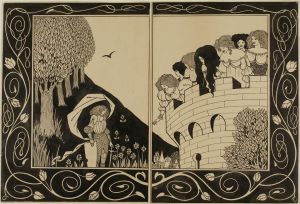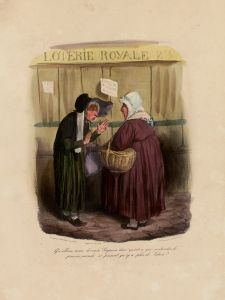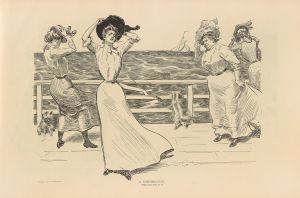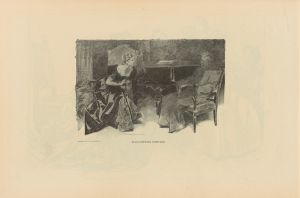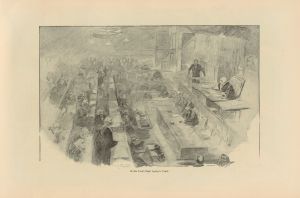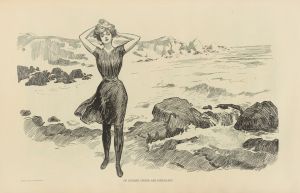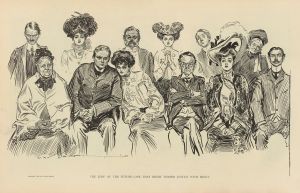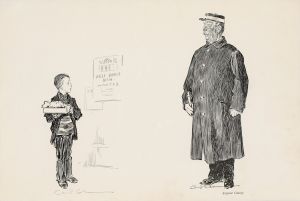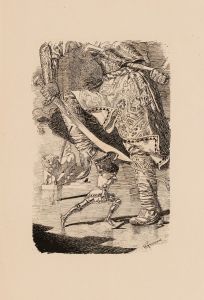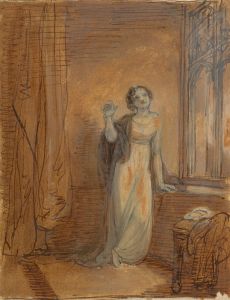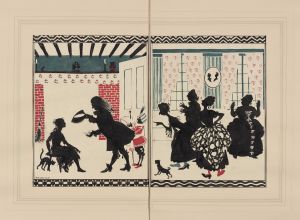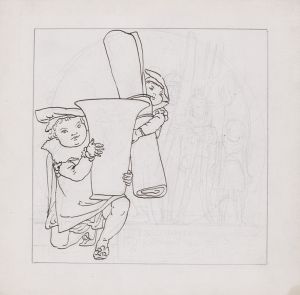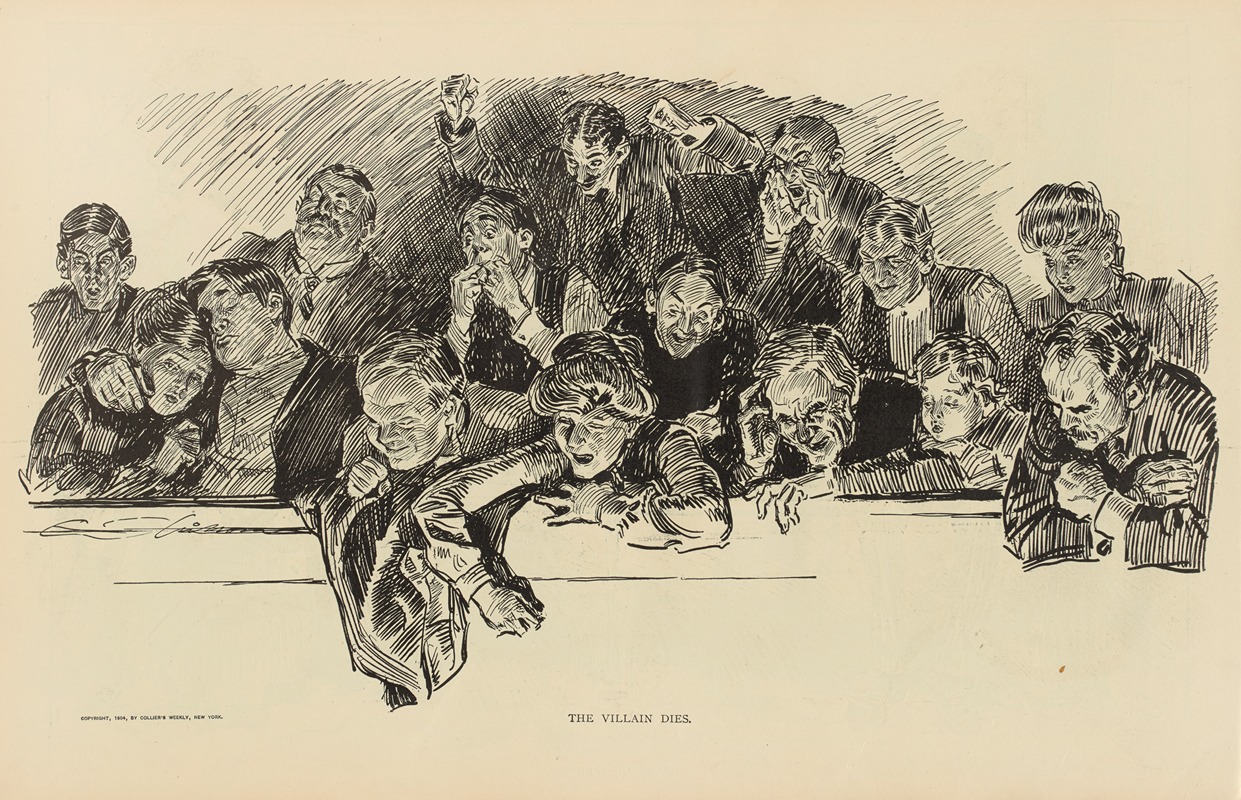
The villain dies
A hand-painted replica of Charles Dana Gibson’s masterpiece The villain dies, meticulously crafted by professional artists to capture the true essence of the original. Each piece is created with museum-quality canvas and rare mineral pigments, carefully painted by experienced artists with delicate brushstrokes and rich, layered colors to perfectly recreate the texture of the original artwork. Unlike machine-printed reproductions, this hand-painted version brings the painting to life, infused with the artist’s emotions and skill in every stroke. Whether for personal collection or home decoration, it instantly elevates the artistic atmosphere of any space.
Charles Dana Gibson was an influential American illustrator, best known for his creation of the "Gibson Girl," an iconic representation of the American woman at the turn of the 20th century. Among his many works, "The Villain Dies" stands out as a notable illustration, though it is less widely recognized than his Gibson Girl series.
"The Villain Dies" is a black-and-white illustration that showcases Gibson's adept skill in pen-and-ink drawing. This particular work reflects the dramatic and often theatrical style that was prevalent in the late 19th and early 20th centuries. Gibson's illustrations were frequently published in popular magazines of the time, such as Life, Harper's Weekly, and Scribner's, which helped to cement his reputation as a leading illustrator of his era.
The illustration "The Villain Dies" captures a moment of high drama, typical of the melodramatic narratives that were popular in literature and theater during Gibson's time. While specific details about the scene depicted in "The Villain Dies" are scarce, it is consistent with Gibson's style to portray characters with expressive faces and dynamic poses, often conveying a sense of movement and emotion. His work often included elements of satire and social commentary, reflecting the cultural and societal norms of the period.
Gibson's illustrations were characterized by their detailed line work and the ability to convey complex emotions and narratives with minimal use of shading or color. This technique allowed him to create vivid and engaging scenes that captured the imagination of his audience. "The Villain Dies" likely follows this pattern, using expressive lines to depict the climactic moment of a story, possibly involving themes of justice, morality, or retribution.
Charles Dana Gibson's influence extended beyond his illustrations; he played a significant role in shaping the visual culture of his time. His work not only entertained but also offered commentary on the social issues and trends of the day. Although "The Villain Dies" may not be as widely discussed as some of his other works, it remains a testament to his skill as an illustrator and his ability to capture the essence of the narratives he depicted.
Overall, "The Villain Dies" is a reflection of Charles Dana Gibson's artistic style and the cultural context of the late 19th and early 20th centuries. While specific details about the illustration are limited, it is representative of the dramatic and expressive nature of Gibson's work, which continues to be appreciated for its artistic and historical significance.





